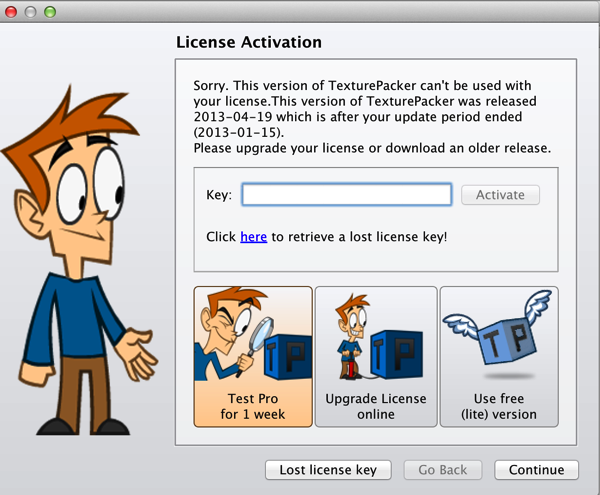Thanks to Paul Drury, I was featured in Retro Gamer issue #111 as part of a six-page “Desert Island Discs spread”. Paul asked me for my top eight games. Given my length of time in the business, this was extraordinarily difficult, and probably not even that meaningful, but here, in no particular order, are my top eight.
Star Raiders – Atari 400
Bit-for-bit, probably the greatest video game programming accomplishment in history. An 8KB miracle, the audio-visual experience was light-years ahead of anything else and the game design and balancing were almost unbearably good.
Jet Set Willy – ZX Spectrum
This game possessed me. I left my Spectrum on when I was asleep with a cushion on it so I could come back to it in the morning without having to wait for it to load. The freedom to explore was mind expanding. I loved it so deeply, I converted it to the C64.
Super Mario Kart – SNES
I played this for two years, every single day, for two hours a day, one and two player. I kept getting better. Probably the best balanced video game ever written. A masterpiece.
Speedball II – Amiga
“Ice cream! Ice cream!”
It’s hard to pick out a single title from the golden Amiga era, but this game gave me RSI and had believable and reliable AI. It had that feeling of solidity and it was brutal. Brutal deluxe.
Ultima Underworld – PC
A year before this came out I had a vivid dream of a game in which I was the protagonist facing skeletons in a 3D environment. The Stygian Abyss was that dream made real. This game made buying a monster PC a priority. It was by far the most deeply immersive and engaging game I’d ever played to that point. I still remember the battle music. Lights out, sound up, exhilarating genius.
God of War – PlayStation 2
This is one video game for which the word “epic” is wholly apt. An absolute masterpiece of design, progression, adrenaline, fury, story-telling and character development, the score is a masterpiece, the visuals were shockingly good and it is one of very few games I went back and replayed at a harder level. An utter triumph.
Super Stardust HD – PlayStation 3
The greatest twin-stick shooter ever made, supremely balanced, shockingly addictive, technically superlative, great music, retro-remade done better than anything else I can think of. At one point, I was in the world’s top 50 on several of the leaderboards. The updates were a joy too. This was like crack for the eyes.
Super Crate Box – PlayStation Vita
The PlayStation Mobile game I was most pleased to sign, this had to be on the PS Vita because there is no better way to play the game than with “proper” controls. This game is deceptively simple at first glance, but every hour of play reveals greater nuances, depth and balancing that show just how deeply considered the gameplay is. I never thought so much thought and love could go into a single-screen game. My best score is 306.
